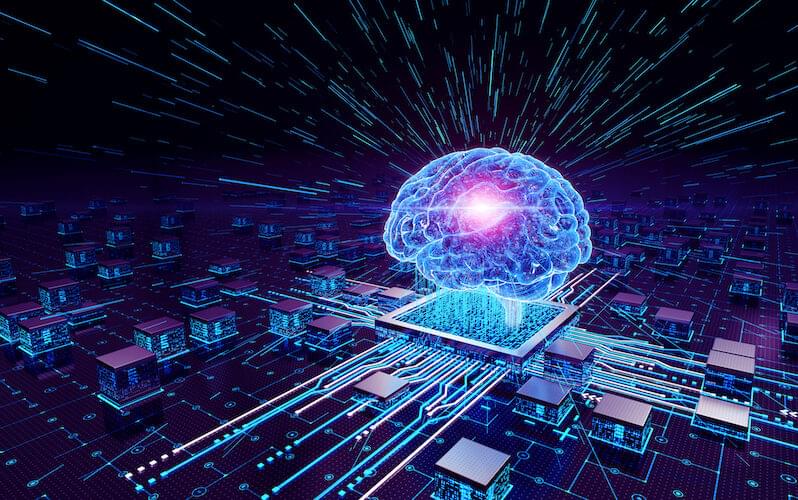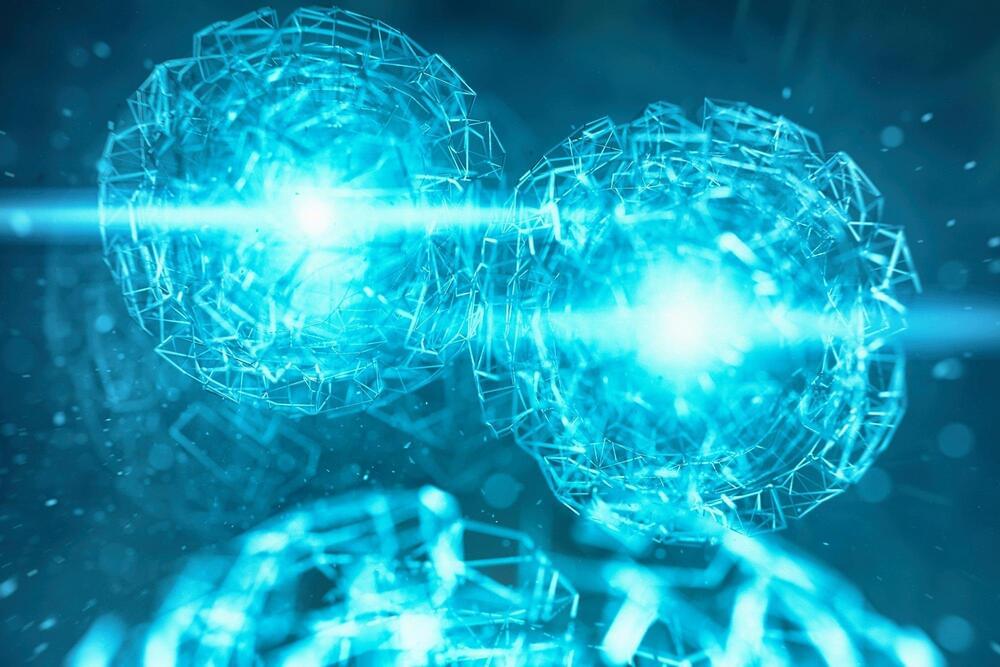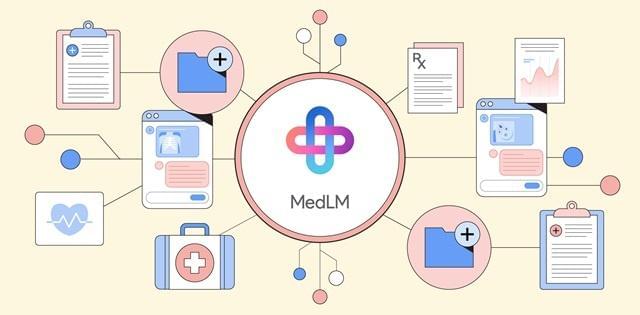In a new paper, astrophysicist Earl Bellinger wondered if black holes could be trapped inside stars, a theory inspired by “Black Hole Sun.”
Unlike us, an algorithm selecting a most-likely next word or a program calculating the best move in a game of chess isn’t choosing and can’t feel regret.
A key aspect of how we think separates us from even the most advanced AI.
Here we see the SpaceX concept introduced by Gwynne Shotwell at TED in 2018 that shows suborbital Starflights We can realize this vision of fully reusable rockets to the suborbital aerospacecraft industry that will disrupt air and marine travel Join Digital Habitats in this journey and star by asking how you can be a part of Earth’s planetary transportation transformation #SpaceX #Starflights #Earth #StarportNetwork #Suborbital #OrbitalStarflights
Posted in habitats, space travel
Dr Robert Sapolsky is a Professor at Stanford University, a world-leading researcher, and an author. Stress is an inevitable part of human life. But what is stress actually doing to the human body when it happens for such a prolonged period of time? And what does science say are the best interventions to defeat it? Expect to learn the crucial difference between short term and long term stress, how stress actually impacts the human system, the neurodevelopmental consequences of stress and poverty, how to detrain your dopamine sensitivity, what everyone doesn’t understand about how hormones work, whether believing in free will is a useful world view, why there is a relationship between belief in free will and obesity and much more…
Targeted drugs aim to pinpoint the exact location in the body where diseased tissue is located and where the medicine is required. The manifold benefits of administering a targeted drug include heightened efficacy, as the drug is meticulously designed for specificity, thereby reducing side effects, and minimizing damage to healthy tissue. Consequently, this approach enhances the patient’s quality of life during treatment.
Oligonucleotides (ONs), specifically designed short chains of DNA or RNA, have emerged as a crucial tool with immense potential in personalized medicine. These therapeutic ONs are already in use for conditions, such as certain types of muscular dystrophy and liver disease, which conventional drugs cannot address.
Depending on the type, ONs can function by, preventing or changing the production of a protein in the cell, particularly beneficial in diseases caused by the overproduction of a specific protein.
“The human brain has 100 billion neurons, each neuron connected to 10,000 other neurons. Sitting on your shoulders is the most complicated object in the known universe.” — Michio Kaku, PhD.
Since most examples of brain-inspired silicon chips are based on digital electronic principles, their capacity to fully imitate brain function is limited. Self-organizing brain organoids connected to microelectrode arrays (MEAs) can be changed in function to create neural networks. These networks, called organoid neural networks (ONNs), show the capacity for unsupervised learning, which is what artificial intelligence (AI) is based on. These mini-organs, when connected to the right hardware, can even be trained to recognize speech.
This brain-inspired computing hardware, or “Brainoware,” could overcome existing shortcomings in AI technologies, providing natural solutions to challenges regarding time and energy consumption and heat production of current AI hardware. These ONNs may also have the necessary complexity and diversity to mimic a human brain, which could inspire the development of more sophisticated and human-like AI systems.
Tesla CEO Elon Musk is planning on opening his own STEM-focused primary and secondary school, and eventual an university in Austin, Texas, according to tax filings.
Future quantum computers are expected to revolutionize problem-solving in various fields, such as creating sustainable materials, developing new medications, and unraveling complex issues in fundamental physics. However, these pioneering quantum systems are currently more error-prone than the classical computers we use today. Wouldn’t it be nice if researchers could just take out a special quantum eraser and get rid of the mistakes?
Reporting in the journal Nature, a group of researchers led by Caltech is among the first to demonstrate a type of quantum eraser. The physicists show that they can pinpoint and correct for mistakes in quantum computing systems known as “erasure” errors.
“It’s normally very hard to detect errors in quantum computers, because just the act of looking for errors causes more to occur,” says Adam Shaw, co-lead author of the new study and a graduate student in the laboratory of Manuel Endres, a professor of physics at Caltech. “But we show that with some careful control, we can precisely locate and erase certain errors without consequence, which is where the name erasure comes from.”
Artificial Intelligence (AI) is changing.
AI is changing and it will continue to do so — although this year of generative AI stands out as a seminal moment in time — now we need the right developer tools.









